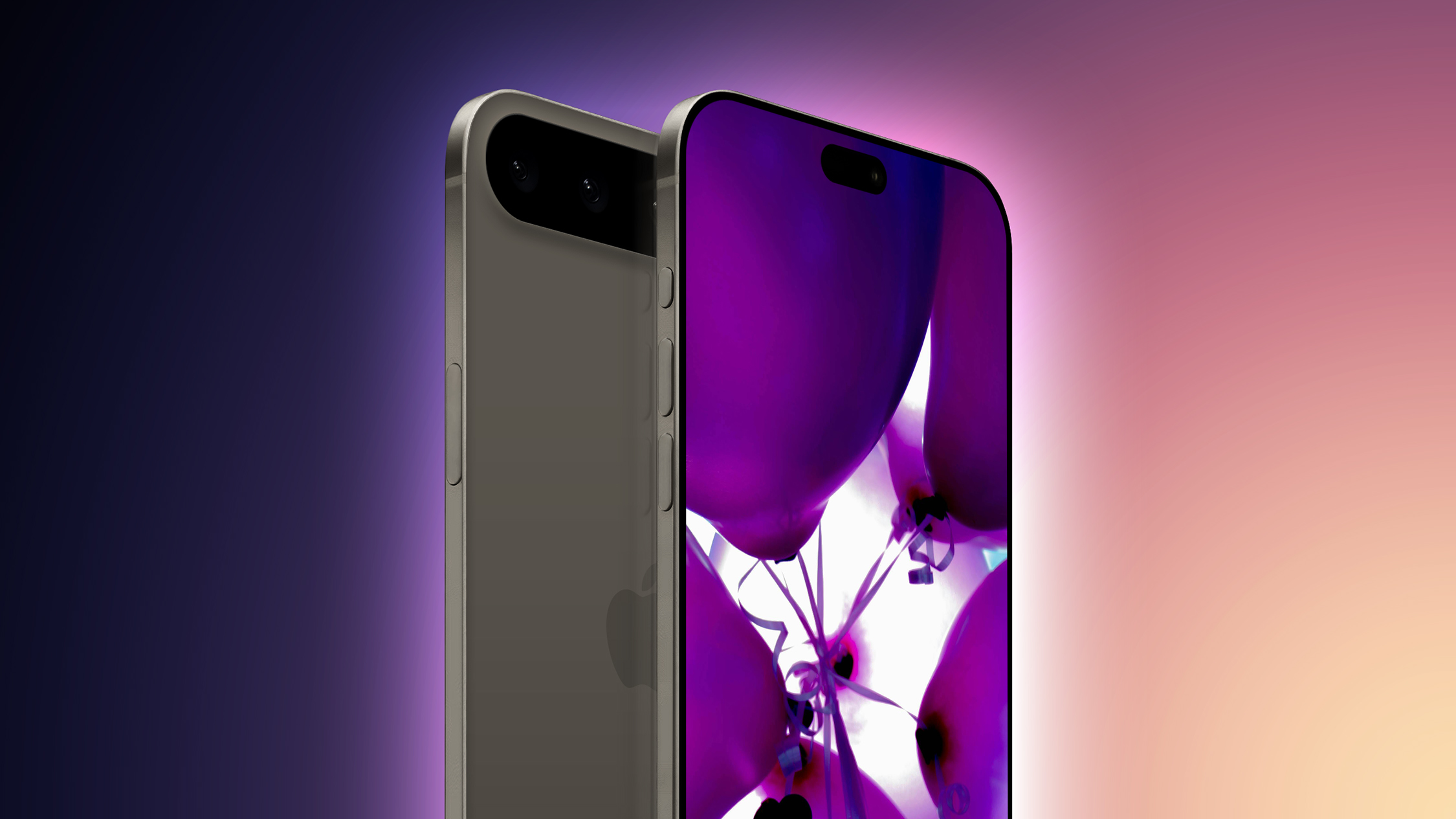![]()
Apple is planning to release at least one iPhone 17 model next year with mechanical aperture, according to a report published today
by The Information.
The mechanical system would allow users to adjust the size of the iPhone 17's aperture, which refers to the opening of the camera lens through which light enters. All existing iPhone camera lenses have fixed apertures, but some Android smartphones have offered variable aperture over the years, such as Samsung's Galaxy S9 series.
With a mechanical system, users could manually set a smaller aperture. This would allow photos to be shot with a shallow depth-of-field effect, where the subject stays in focus while the background is blurred. Apple already offers this effect on iPhones with Portrait Mode, but it is artificially generated, whereas this change would make it natural.
Portrait Mode can occasionally have difficulties separating subjects in the foreground from the background, a problem that a mechanical aperture would solve.
Apple is expected to release the iPhone 17 series in September 2025, and it is possible that mechanical aperture will be limited to the
rumored high-end "iPhone 17 Ultra" model (dubbed "iPhone 17 Slim" for now). With the devices still being over a year away, however, some of Apple's alleged camera-related plans could change.
Article Link:
iPhone 17 Rumored to Feature Mechanical Aperture for Portrait Mode





